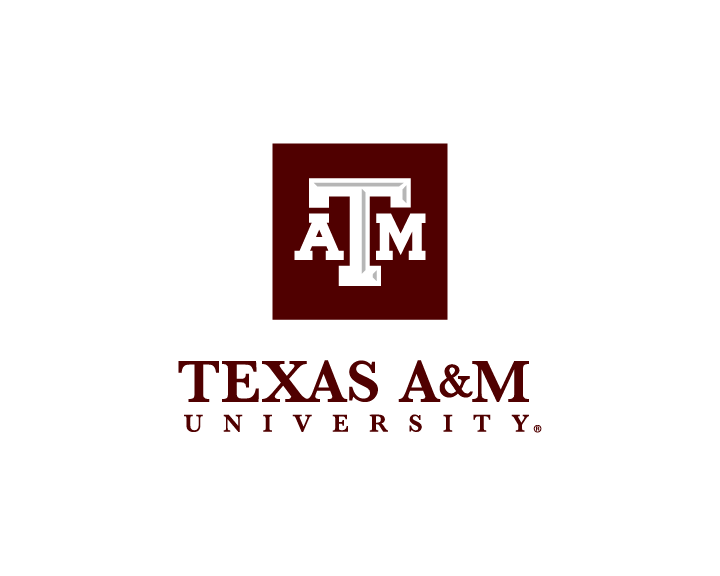Texas A&M: With Purchasing Decisions, The Eyes Have It
To communicate effective food messages and better tell agriculture’s story, researchers in the Department of Agricultural Leadership, Education and Communications, ALEC, at Texas A&M University are evaluating eye tracking movement, facial expression, heart rate and other behavioral indicators to reveal consumers’ responses to food messages and choices.
“There’s this need for more granular science measures when testing messages that influence consumer decision-making,” said Matt Baker, department head in the College of Agriculture and Life Sciences.
Baker, whose research focuses on behavioral influences of cognitive, emotional and metacognitive messages, has built a framework for department faculty to further investigate consumer message response. The research is a component of the Texas A&M AgriLife Research Hatch program.
The results will be used as part of Texas A&M AgriLife’s comprehensive focus on precision nutrition and responsive agricultural production to bring value-added, healthy food to the marketplace.
The work builds on an initial study by Baker and colleagues at Texas Tech University and now Oregon State University. That research evaluated consumer trust when viewing a Texas Farm Bureau video of agricultural producers discussing the importance of farm policy.
“We need to understand how this information is being processed,” Baker said. “We need further study on why consumers choose food with added benefits. We need to better understand how and why this information is being processed in a certain way. For example, take probiotic yogurt. It’s calcium-enriched milk. These foods are given a boost above and beyond what they would normally be. Why do consumers choose these types of foods with added benefits?”
Need For ‘Granular Behavioral Science’
Part of Baker’s vision for the department includes more “granular behavioral science measures” when testing messages that influence consumer decision-making. To do this, the Elaboration Likelihood Model, ELM, helps guide responses and reveal preferences of information consumption.
“(It) suggests that there are two routes in which we process the numerous messages we experience daily,” Baker said. “One route, the mode that I am usually on when scanning news stories, is called the ‘peripheral route’ of information consumption. In this route, I passively scan headlines, message sources and visuals for cues of interest. When I am in this ‘route,’ I usually engage very little with the content. I often do this during commercials while watching college or professional sports on television. When I find that ‘nugget’ of a story that aligns with my personal or professional interests, I ‘route’ the news information through my ‘central route’ due to predisposed interest.”
Baker said he looks closely at the merits of the writer’s arguments and filters this through his previous knowledge.
“I draw a distinction between knowledge and knowing,” he said. “Knowledge is through recall, but knowing is through some type of lived experience. Thus, when communicators, and we are all communicators, design messages, we need to give pause to our audience, how we structure the messages, including cues and arguments, identify our message objectives as authors of the message, and examine the likely effectiveness of the message.”
Baker said by analyzing messages at a granular level, researchers can see how consumers respond both emotionally and cognitively to various creative treatments embedded in videos, podcasts, infographics and persuasive news stories.
“Wrapping back around to the ELM, we know that we are not going to develop messages that consumers are all going to route through centrally,” he said. “However, we may be able to influence the sources of messages in the peripheral route so that when consumers see a follow-up message, they want to route it centrally.”
Thus far, Baker said the research team has been funded through start-up funding and graduate research.
“We are currently exploring multiple opportunities to contribute to other AgriLife research in the broad context of food health innovations, including improvements in food security and consumer evaluation of functional foods,” he said.
ALEC Department Future
Baker said the department is striving to build its quantitative side of departmental research. In past years, the department has gathered qualitative data sets but needs “hard numbers” to blend into its current research project portfolio.
“These physiology numbers or data give us hard numbers,” he said. “This tells us why or how consumers consume? Can we change behavior? Agriculture has a good story to tell, but general society doesn’t want to listen. We want to change that.
“The future of agriculture is the college-age audience. The world has changed. Food perceptions have changed, especially among our undergraduate student population. They are our future consumers. They enter the job market and are the ones making decisions about food purchases.”
Baker said other facets of the department are on track to perform well. He has plans to hire assistant professors and builds plans for the next set of leadership moving forward.
“Through Dean (Patrick) Stover’s highly effective leadership, ALEC’s future is both exciting and our opportunities are numerous,” Baker said. “Presently, our team is completing a study on consumer evaluation of functional foods, a food security study of limited-resource farmers in western Africa. (We are also) in the planning stage of studies of consumer acceptance of selected additives in processed meats and development of a national conceptual model for consumer evaluation of functional foods.”

